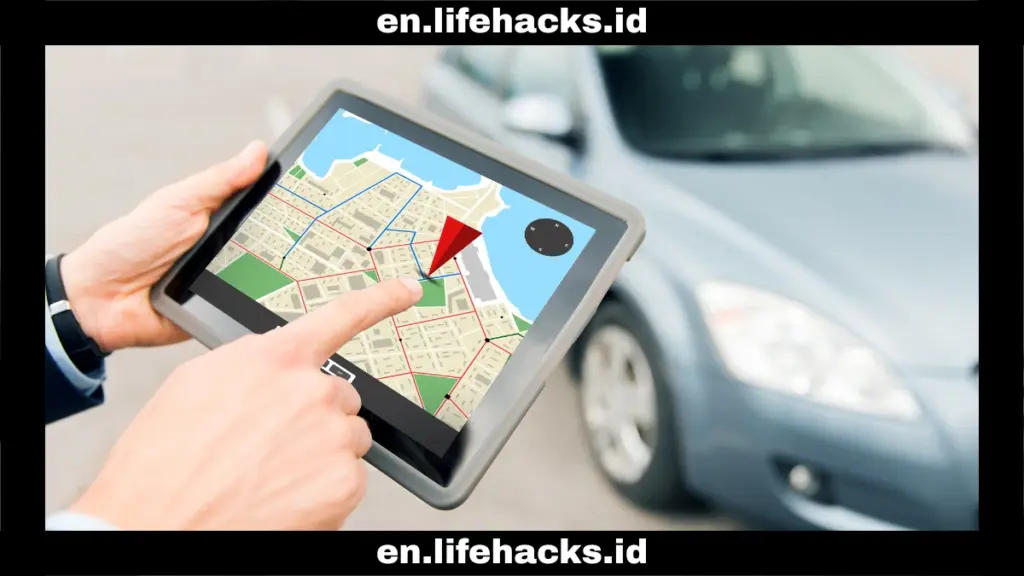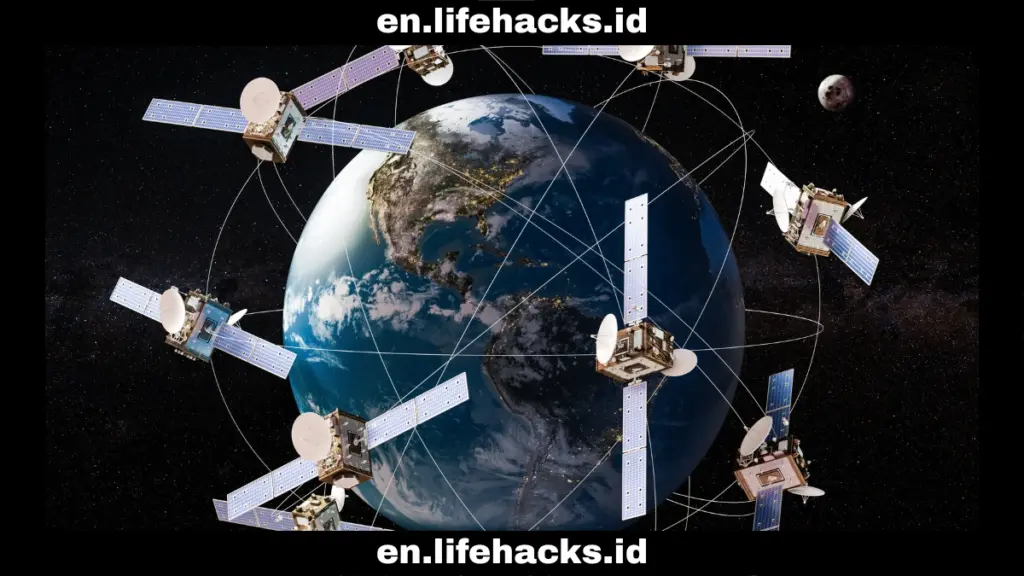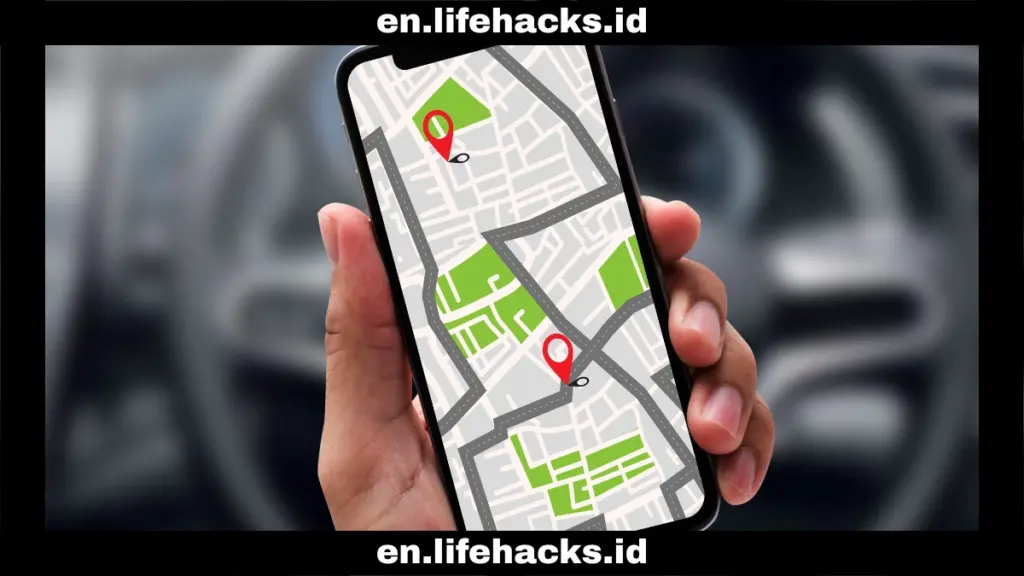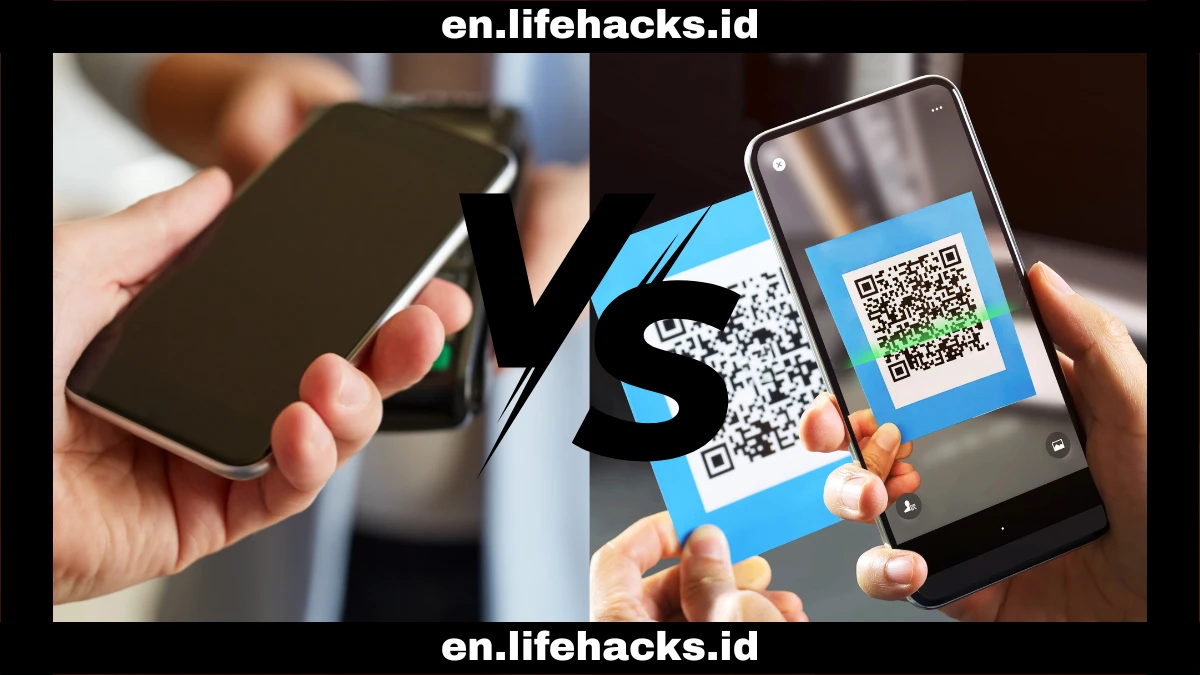GPS tracker is probably not unfamiliar to many people. These devices are widely used to track transportation, pets, and goods. However, many people may still not know how GPS trackers that are capable of tracking locations work.
Discussing how GPS trackers work is inseparable from the technology used. To track an object in real-time, this device combines satellite technology, cellular networks, and digital applications.
This article will discuss how GPS trackers work and the technology behind them. To satisfy your curiosity, let’s discuss it together.
The Technology Behind GPS Trackers

How GPS trackers work is inseparable from the technology behind them. These devices utilize Global Positioning System (GPS) satellite technology, which constantly transmits signals to Earth. GPS trackers then capture these transmitted signals to calculate coordinates.
Additionally, the tracker requires other technological networks such as cellular networks (2G, 3G, 4G, and 5G) or WiFi. This technology is used so that users can receive location information from the GPS tracker. This is what allows you to directly view the location data from a smartphone application or computer dashboard.
How GPS Tracker Works
Understanding the technology behind how GPS trackers work gives you a better idea of how the system operates. Here are the details of the process when using a GPS tracker:
Capturing signals from satellites

As mentioned earlier, GPS trackers work by capturing signals from satellites. GPS trackers are able to accurately capture signals from satellites orbiting the Earth to determine the coordinates of an object’s location.
This process is called trilateration, where the device calculates the distance from at least four orbiting satellites to accurately determine the latitude, longitude, and altitude.
Processing position data
The signals from satellites captured by the GPS tracker are processed by chips inside the device. This process calculates the position based on the time difference between signals from several satellites. This process produces precise location coordinates in the form of longitude and latitude coordinates.
Sending data to the server
The process does not stop at the device; once the position is obtained, the location data is sent to a central server. The information is sent via the cellular network from the installed SIM card. Some devices already allow data to be sent using a WiFi network.
Data is accessible to users

Data on the central server received from GPS tracker devices will be stored and processed. The results will then be displayed in the form of digital maps. Users can view this location data in real time via an application on their smartphone or a web-based dashboard.
The information accessible to users includes many things, such as the position, speed, direction, and history of the object.
Features of GPS Trackers That Can Be Utilized
To maximize the performance of GPS trackers, there are features that you can utilize.
- Real-time tracking: Displays the location of objects to see their movements directly.
- History playback: Stores and displays travel data for the last few moments.
- Geofencing: Provides warnings if objects cross the specified area boundaries.
- Speed alarm: Provides alerts if the vehicle exceeds the speed limit.
- Engine cut-off: Allows you to remotely turn off the vehicle’s engine via the app.
- SOS button: Allows users to send an SOS signal in an emergency.
That’s how GPS trackers work, combining satellite technology to track location and cellular or WiFi networks to provide users with access to information. This system allows for tracking the position, speed, direction, and history of the object.
Understanding how it works makes you realize that these smart devices offer many benefits in terms of efficiency, security, and convenience. In addition, these smart devices also provide logistics tracking and family monitoring for security reasons.


